- Your cart is empty
- Continue shopping
Shop
Rajasthani Sabji Gatte | Besan Ka Gatta
₹125.00 – ₹476.00
Spice Level
![]()
- Ideal for Rajasthani Gatte ki Sabji
- Made from traditional Rajasthani recipes.
- Made with the Best Quality Authentic Rajasthani herbs, spices and ingredients.
- Handcrafted for great taste and traditional touch.
- Free from harmful Palmolein Oil or Palm Oil.
Please fill in the fields below with the shipping destination details in order to calculate the shipping cost.
Ingredients:
Besan, Ajwain, Oil, Salt, Chilli, Hing, Jeera
Rajasthani Sabji Gatta is meant for gatte ki sabji prepared in Rajasthan. Gatte ki sabji is a traditional dish from Rajasthan, India. It is made with besan (gram flour) and spices, shaped into small balls (gatte) and then cooked in a spicy yogurt based gravy. It is usually served with rice or roti. It is a popular vegetarian dish known for its unique texture and flavors.
Outline of the Article
- Introduction to Rajasthani Cuisine and Besan Ke Gatte
- Briefly introduce Rajasthani cuisine
- Explain what besan ke gatte is and its significance in Rajasthani cuisine
- History and Origin of Besan Ke Gatte
- Explore the historical roots of besan ke gatte
- Discuss its cultural significance in Rajasthan
- Ingredients Used in Besan Ke Gatte
- List and describe the main ingredients used in making besan ke gatte
- Explain their role in the dish and their availability
- Traditional Preparation Method
- Step-by-step guide on how to prepare besan ke gatte from scratch
- Highlight any special techniques or tips for a delicious outcome
- Variations of Besan Ke Gatte
- Discuss different regional variations of the dish within Rajasthan
- Highlight any unique ingredients or cooking methods used in these variations
- Popular Accompaniments for Besan Ke Gatte
- Explore the common side dishes or accompaniments that pair well with besan ke gatte
- Provide recipes or recommendations for enhancing the meal
- Health Benefits of Besan Ke Gatte
- Discuss the nutritional value of besan ke gatte
- Highlight any health benefits associated with its key ingredients
- Rajasthani Sabji Gatta: Beyond Besan Ke Gatte
- Introduce the concept of rajasthani sabji gatta, a broader term encompassing various Rajasthani vegetable dishes
- Provide examples of popular sabji gatta recipes
- Rajasthani Cuisine and Cultural Significance
- Explore how Rajasthani cuisine, including besan ke gatte and sabji gatta, reflects the rich cultural heritage of the region
- Discuss the role of these dishes in festivals and celebrations
- Tips for Cooking Besan Ke Gatte
- Provide additional cooking tips and tricks for achieving the best results when making besan ke gatte
- Suggest possible modifications or adjustments for different dietary preferences
- Serving and Presentation Suggestions
- Offer creative ideas for serving and presenting besan ke gatte
- Discuss garnishing options and recommended accompaniments
- Rajasthani Besan Ke Gatte: A Fusion Twist
- Explore the concept of fusion cuisine and its impact on traditional Rajasthani dishes
- Provide examples of fusion recipes incorporating besan ke gatte
- Popular Rajasthani Restaurants and their Besan Ke Gatte
- Highlight renowned Rajasthani restaurants known for their exceptional besan ke gatte
- Include location details and customer reviews
- Rajasthani Besan Ke Gatte: A Delightful Experience
- Describe the sensory experience of enjoying besan ke gatte
- Discuss the cultural and culinary journey it offers
- Conclusion
- Summarize the key points discussed in the article
- Emphasize the uniqueness and versatility of Rajasthani besan ke gatte
Rajasthani Besan Ke Gatte: Exploring the Culinary Delights of Rajasthan
Rajasthani cuisine is renowned for its rich flavors, vibrant colors, and unique culinary traditions. Among the plethora of mouthwatering dishes, besan ke gatte holds a special place. This delectable Rajasthani delicacy, made with besan (gram flour), offers a burst of flavors that tantalize the taste buds. In this article, we will delve into the history, preparation methods, variations, and cultural significance of besan ke gatte, along with a glimpse into the broader world of Rajasthani sabji gatta.
History and Origin of Besan Ke Gatte
Besan ke gatte can be traced back to the rich heritage of Rajasthan. With its roots embedded in the historical kingdoms of the region, this dish has stood the test of time. Rajasthani households have cherished the tradition of preparing besan ke gatte for generations, and it has become an integral part of their culinary legacy. The dish’s popularity can be attributed to its simplicity, robust flavors, and ability to withstand the arid climate of the region.
Ingredients Used in Besan Ke Gatte
Besan ke gatte relies on a handful of basic yet flavorful ingredients. The key component, besan (gram flour), forms the foundation of this dish. Combined with aromatic spices such as cumin, coriander, and red chili powder, it creates a tantalizing flavor profile. Other ingredients like yogurt, ginger, garlic, and ghee play essential roles in enhancing the taste and texture of the gatte.
Traditional Preparation Method
Preparing besan ke gatte is an art in itself. Traditionally, it involves several steps to ensure the perfect balance of flavors and a melt-in-your-mouth texture. The process begins with kneading the besan dough, which is then shaped into cylindrical dumplings known as gatte. These gatte are cooked in boiling water until they become tender. The cooked gatte are then fried or added to a flavorful curry, resulting in a delightful amalgamation of textures and tastes.
Variations of Besan Ke Gatte
Across the diverse regions of Rajasthan, besan ke gatte has evolved into various unique regional variations. In the Bikaner region, the addition of sesame seeds adds a nutty crunch to the dish. In Jodhpur, the gatte are tempered with mustard seeds and topped with a tangy tomato-based gravy. Each variation reflects the distinct cultural influences and local ingredients of its respective region, offering a delightful range of flavors for culinary enthusiasts.
Popular Accompaniments for Besan Ke Gatte
Besan ke gatte pairs wonderfully with a range of accompaniments, enhancing the overall dining experience. The traditional Rajasthani thali often includes kadhi, a yogurt-based curry, served alongside besan ke gatte. The tangy kadhi perfectly complements the rich flavors of the gatte. Other accompaniments like rice, roti, or bajra ki roti (millet flatbread) provide a satisfying balance to the meal.
Health Benefits of Besan Ke Gatte
Besan ke gatte not only delights the taste buds but also offers several health benefits. Gram flour, the primary ingredient, is a good source of protein, fiber, and essential nutrients. It aids digestion, provides energy, and contributes to overall well-being. The presence of spices like cumin and coriander further enhances the dish’s health-promoting properties.
Rajasthani Sabji Gatta: Beyond Besan Ke Gatte
While besan ke gatte steals the limelight, Rajasthani cuisine encompasses a broader term known as sabji gatta. Sabji gatta refers to a variety of Rajasthani vegetable dishes that share a common thread of using gatte as a key component. These dishes combine the flavors of different vegetables with besan gatte, resulting in a symphony of tastes and textures.
Rajasthani Cuisine and Cultural Significance
Rajasthani cuisine, with its array of flavorful dishes like besan ke gatte and sabji gatta, mirrors the vibrant culture and traditions of the region. These dishes hold immense significance during festivals and celebratory occasions. They bring families together, forging strong bonds and creating memories around the dining table.
Tips for Cooking Besan Ke Gatte
To achieve the best results when preparing besan ke gatte, consider the following tips:
- Ensure the besan dough is well-kneaded to attain a smooth texture.
- While cooking the gatte in boiling water, maintain a gentle simmer to prevent them from becoming too hard or mushy.
- For added flavor, lightly fry the cooked gatte before incorporating them into the curry.
- Adjust the spice levels according to personal preferences.
- Experiment with additional ingredients such as fenugreek leaves or grated vegetables to add a unique twist to the dish.
Serving and Presentation Suggestions
Besan ke gatte can be presented in various visually appealing ways. Garnish the dish with freshly chopped coriander leaves, grated coconut, or a drizzle of ghee for an added touch of indulgence. Serve it hot with piping hot rotis, steamed rice, or pulao for a complete and satisfying meal.
Rajasthani Besan Ke Gatte: A Fusion Twist
In the ever-evolving culinary world, fusion cuisine has gained immense popularity. Rajasthani besan ke gatte lends itself perfectly to fusion experiments. Imagine the gatte infused with aromatic Thai flavors or tossed in a creamy Italian sauce. These innovative fusions offer a delightful twist to the traditional dish, enticing adventurous palates and showcasing the versatility of besan ke gatte.
Popular Rajasthani Restaurants and their Besan Ke Gatte
If you’re looking to savor authentic besan ke gatte prepared by expert chefs, here are a few renowned Rajasthani restaurants to consider:
- Spice Court – Jaipur
- Chokhi Dhani – Jaipur
- Rawat Mishthan Bhandar – Jaipur
- Kalinga Restaurant – Jodhpur
- Kanji Sweets – Bikaner
These restaurants not only serve delectable besan ke gatte but also provide a memorable dining experience that showcases the true essence of Rajasthani cuisine.
Rajasthani Besan Ke Gatte: A Delightful Experience
Indulging in a plateful of Rajasthani besan ke gatte is more than just a culinary experience—it’s a journey through the vibrant culture and flavors of Rajasthan. From the first bite to the last, the soft and flavorful gatte, combined with aromatic spices and rich gravies, create a symphony of tastes that leave a lasting impression. Rajasthani besan ke gatte is a testament to the culinary heritage of Rajasthan, offering a slice of tradition in every bite.
Conclusion
Rajasthani besan ke gatte stands as an iconic dish that represents the rich culinary traditions of Rajasthan. From its humble origins to its diverse variations, this gram flour delicacy has become a beloved part of Rajasthani cuisine. Whether enjoyed on special occasions or as a comforting meal, besan ke gatte never fails to impress with its flavors and textures. So, embark on a culinary adventure and savor the delights of besan ke gatte—a dish that truly captures the essence of Rajasthan.
Frequently Asked Questions (FAQs)
Q1: Can besan ke gatte be made without yogurt? A: Yes, besan ke gatte can be prepared without yogurt. However, yogurt adds a tangy flavor and helps in achieving a soft texture for the gatte.
Q2: Is besan ke gatte suitable for vegetarians and vegans? A: Yes, besan ke gatte is a vegetarian dish and can be easily adapted for a vegan diet by omitting ghee and using oil instead.
Q3: How long does it take to cook besan ke gatte? A: The cooking time for besan ke gatte may vary, but typically it takes around 20-25 minutes to cook the gatte in boiling water and an additional 10-15 minutes to incorporate them into the curry.
Q4: Can besan ke gatte be made in advance and stored? A: Yes, you can make besan ke gatte in advance and store them in the refrigerator for a few days. They can be added to the curry when ready to serve.
Q5: Are there any gluten-free variations of besan ke gatte? A: Besan, or gram flour, is naturally gluten-free. However, it’s important to ensure that the other ingredients used in the dish are also gluten-free to maintain a completely gluten-free version of besan ke gatte.
| Weight | .6 kg |
|---|---|
| Dimensions | 18 × 14 × 7 cm |
| Net Quantity | 250g, 500g, 1 Kg |
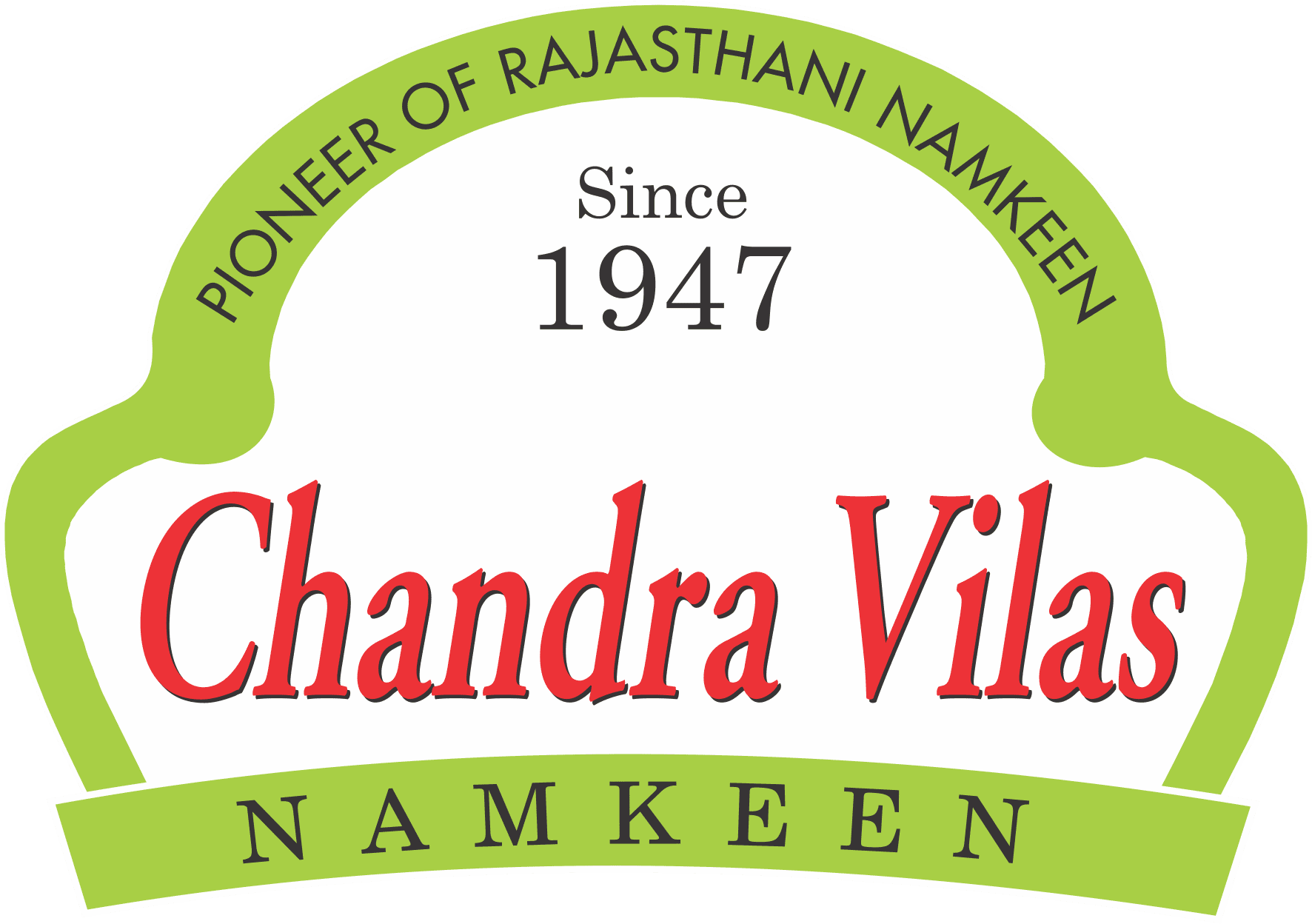
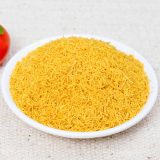
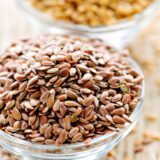
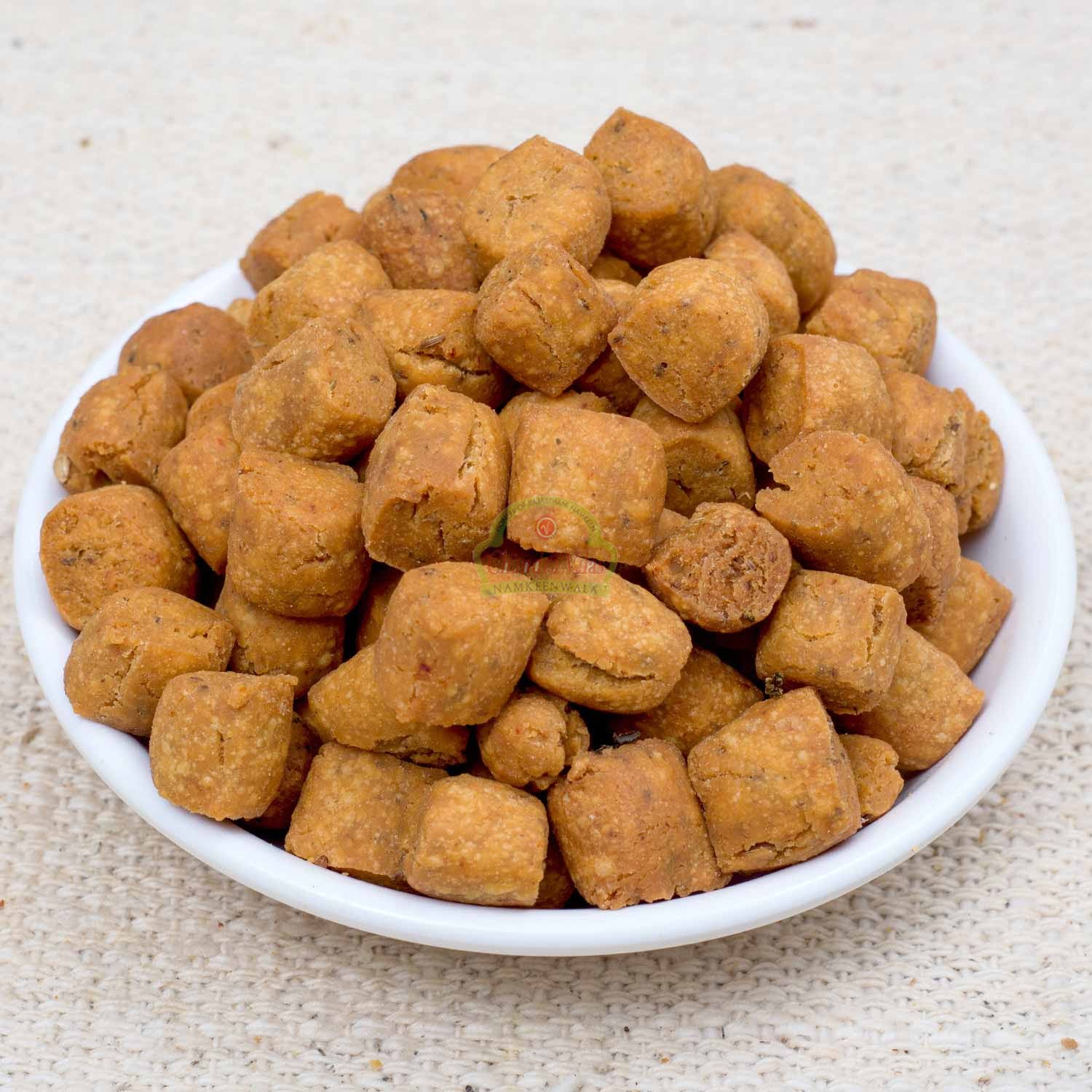
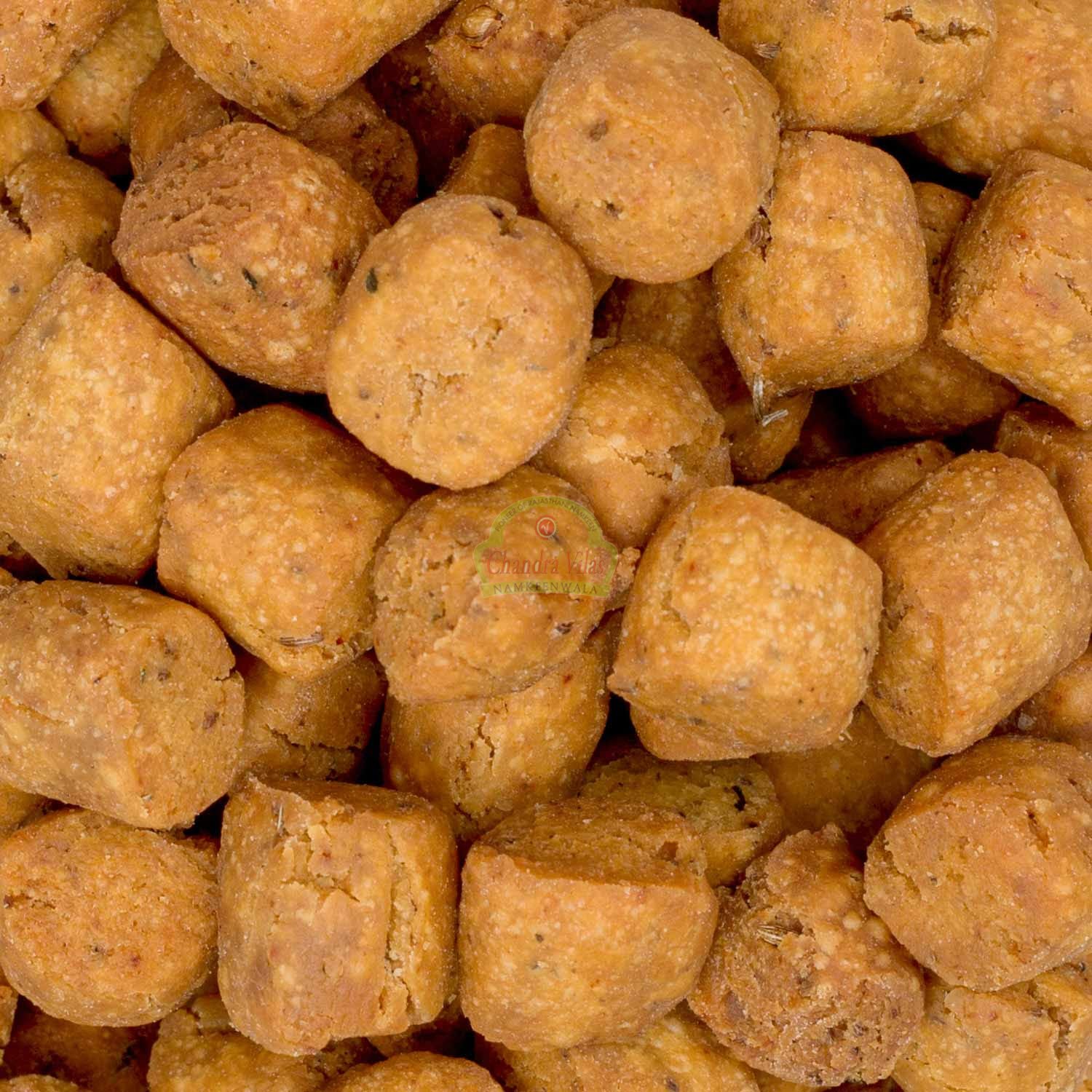
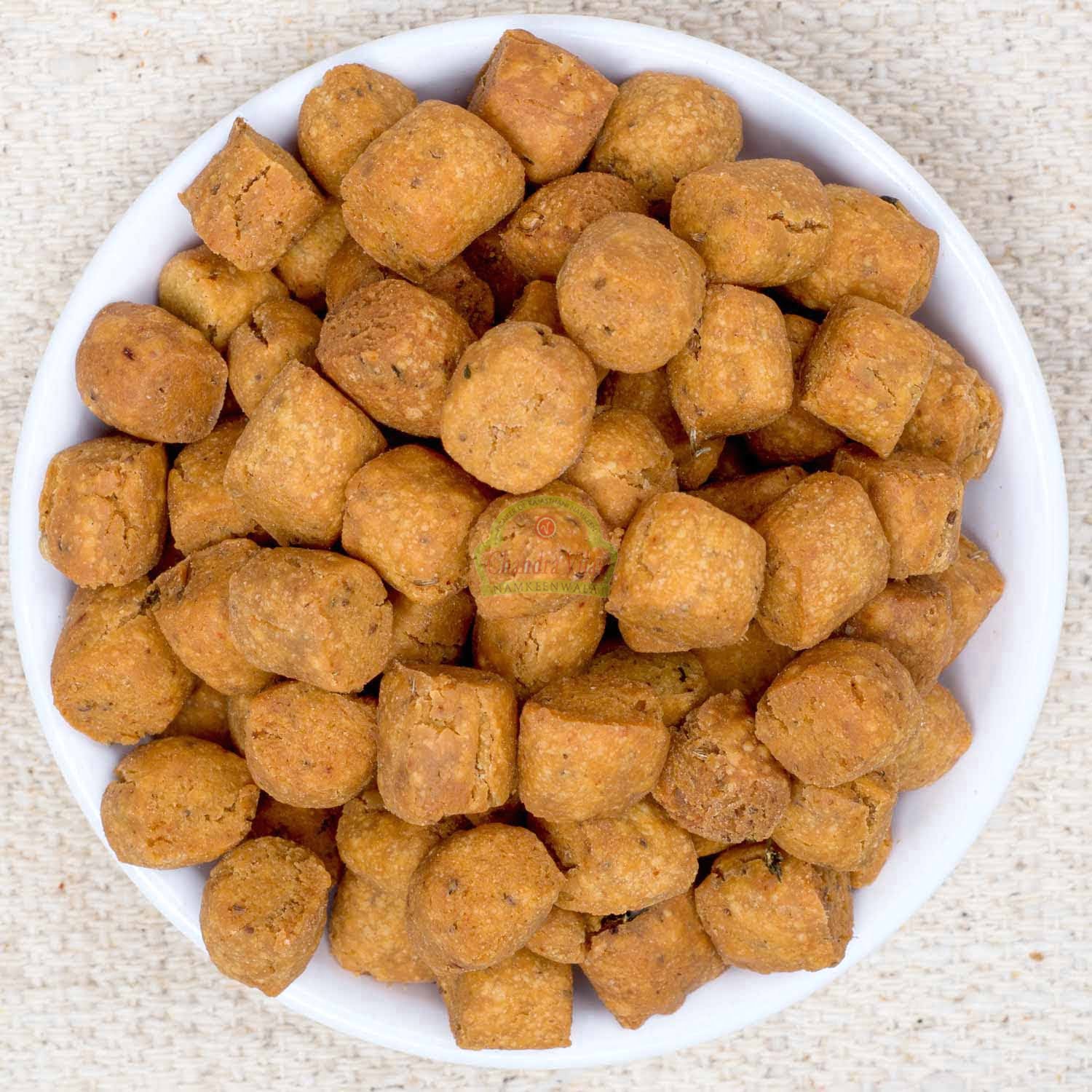
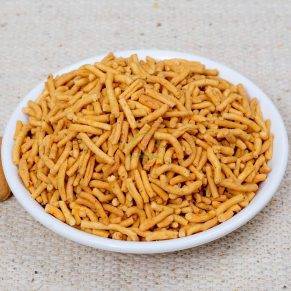
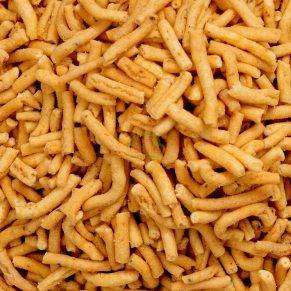
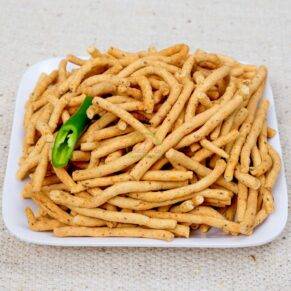
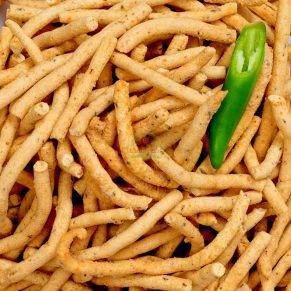
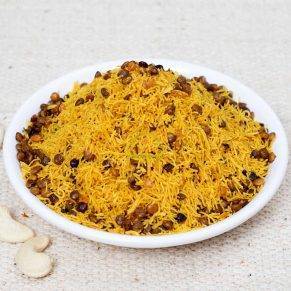
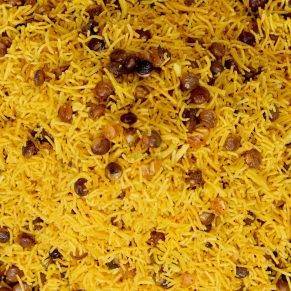
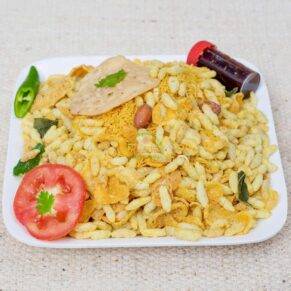
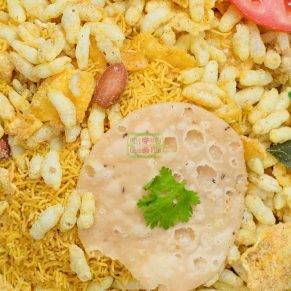
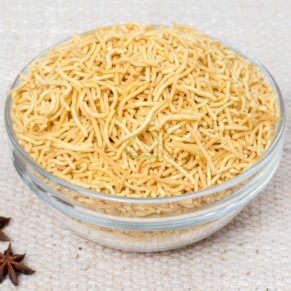
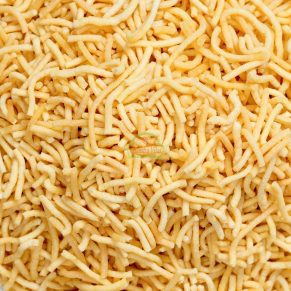
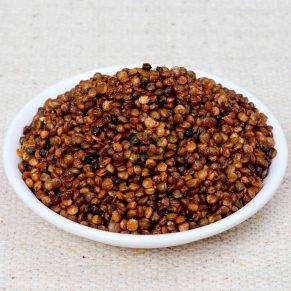
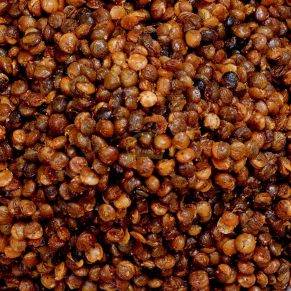
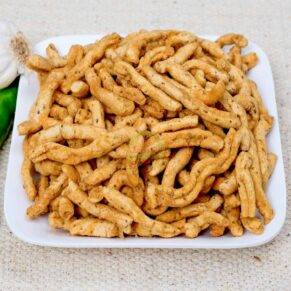
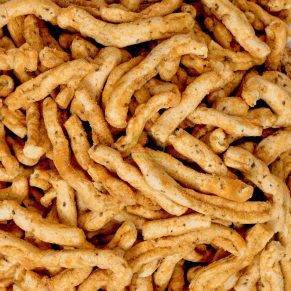
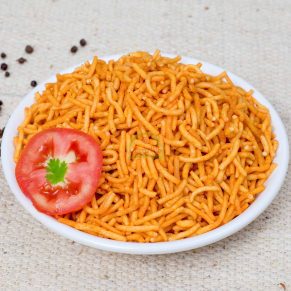
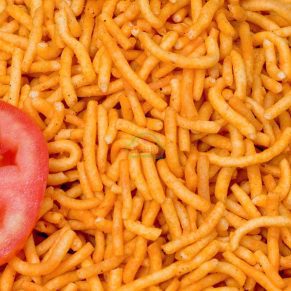
Customer reviews
1 review for Rajasthani Sabji Gatte | Besan Ka Gatta
Authentic Rajasthani gatte made especially for gatte ki sabji.
Write a customer review